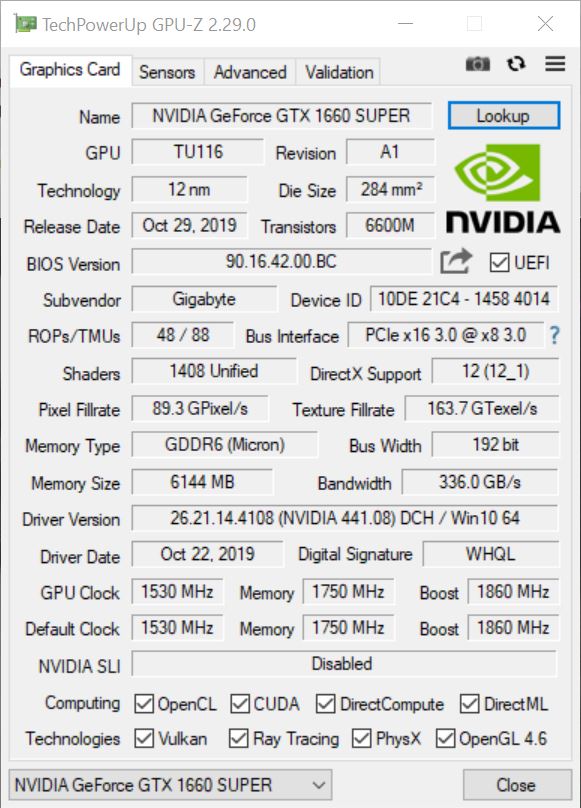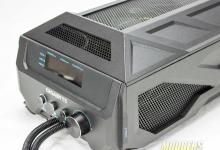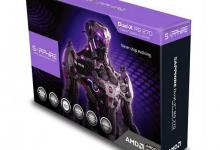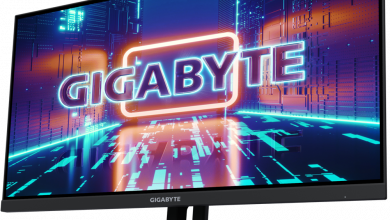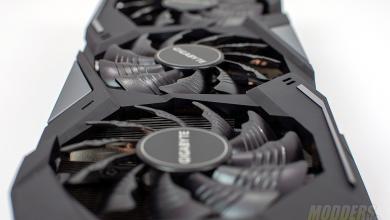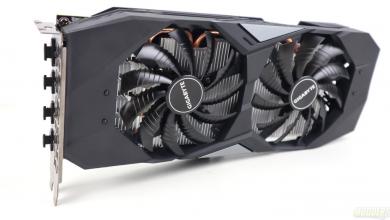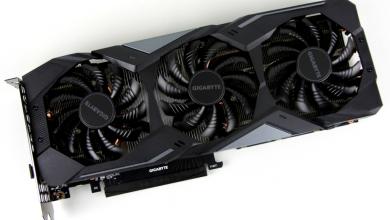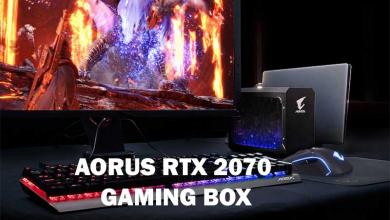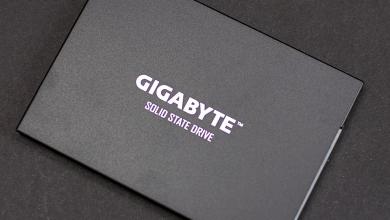Test System and Testing Procedures
All testing was done with both the CPU (9700k) and GPU at their stock settings. For the I7 9700k, it was left at its stock speed of 3.6 GHz. Although the base clock is 3.6 GHz, the I7-9700k can boost up to 4.9 GHz. In the case of our I7-9700k, it boosts between 4.7 GHz and 4.9 GHz. Usually, the I7-9700k used in this review runs at a consistent 4.7 GHz. Ambient temperature is kept as close to 20°c (68°f) as possible. When the system was first turned on, it sat idles for about 30 minutes or so before any benchmarks were run or results recorded. We waited in between each benchmark no less than 30 minutes to give the system time to cool down a bit. Being an open-air system, it does cool down pretty quickly. The I7-9700k used in this review is water-cooled on a custom loop and the GPU used its stock air cooler. The block is the EK Velocity water block. There is a single 360 x 60 mm EK radiator in the loop and a 280 ml reservoir and a D5 pump.
| Component |
Product Name | Provided By |
| Processor | Intel Core I7-9700k | Retail Purchase |
| Motherboard | Z390 AORUS Pro | Gigabyte |
| Memory | 16 GB AORUS RGB Memory 3200 MHz CAS 16 (2 x 8GB) | Gigabyte |
| Drive | Crucial P1 500 GB NVMe M.2 SSD | Crucial |
| Video Card | Gigabyte Geforce GTX 1660 Super Gaming OC 6G | Gigabyte |
| Monitor | LG 27UL500-W 27″ 3840×2160 @ 60 Hz | Retail Purchase |
| Case | Thermaltake Core P5 | Retail Purchase |
| Power Supply | 1600 Watt EVGA SuperNova Ps 80+ Platinum Power Supply | EVGA |
| Operating System | Windows 10 x64 Pro with latest patches and updates |
For games, we test eight titles. The games we test are Battlefield V, Deus Ex: Mankind divided, Far Cry 5, Final Fantasy XV, Ghost Recon: Wildlands, Shadow of the Tomb Raider, Shadow of War and the Witcher 3. Each game is tested in three resolutions. These resolutions are 1080p, 1440p and 4k. The benchmarks are run three times and each run is three minutes long. The final result is the average of the three runs. Games are played on a 27″ LG 4k 60 Hz monitor. For synthetic benchmarks, we used the following; 3DMARK Time Spy Extreme, 3DMARK Firestrike Ultra, VRMARK Orange Room, VRMARK Cyan Room, VRMARK Blue Room, and Unigine Superposition. In Superposition, we ran the 4k Optimized and 8K Optimized tests.
For comparison, we’ve added in our results doe the MSI Gaming X 1660 TI, The Zotac RTX 2060 AMP, AMD Radeon RX 5700XT, and the MSI RTX 2060 Ventus. Now, keep in mind, the other cards were tested on different drivers, and some with a different processor, the I7-8700k instead of the I7-9700k which we recently switched to using on our standard test bench.

